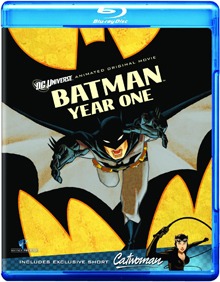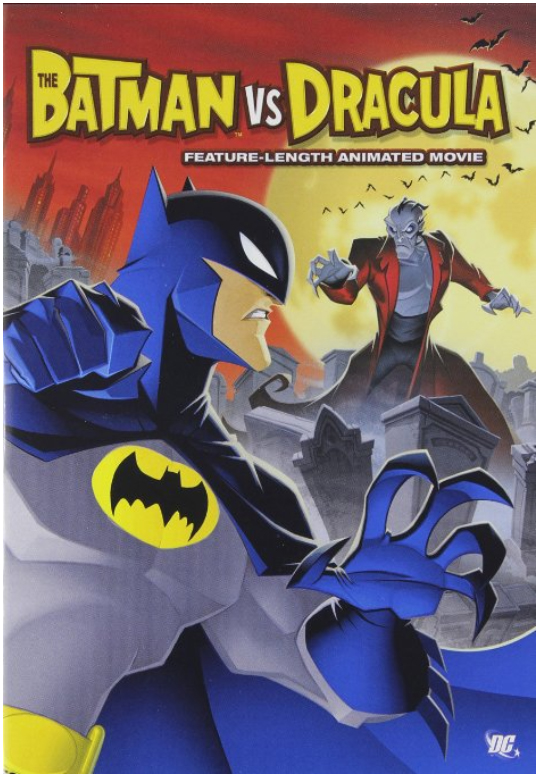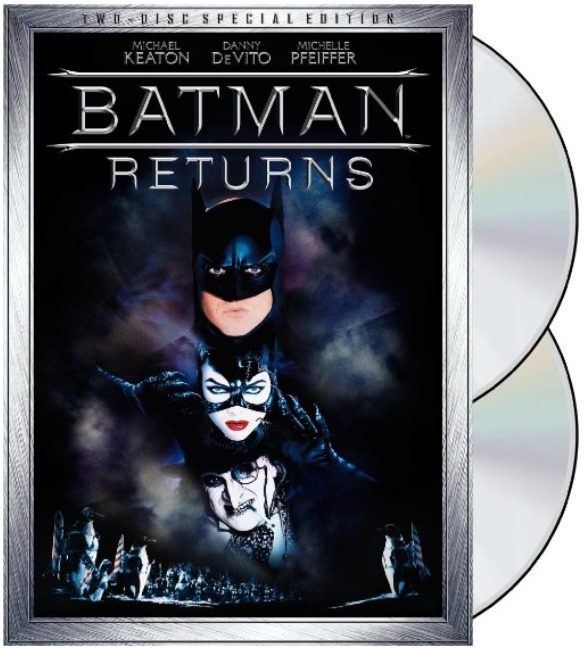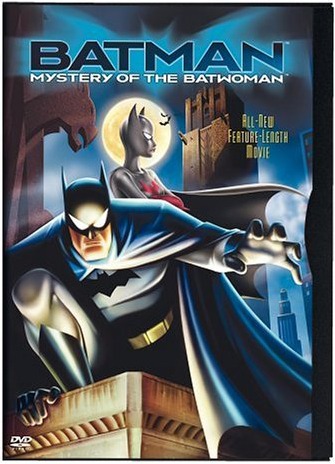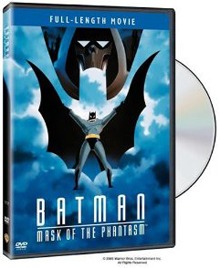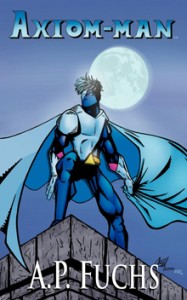Blankman (1994)
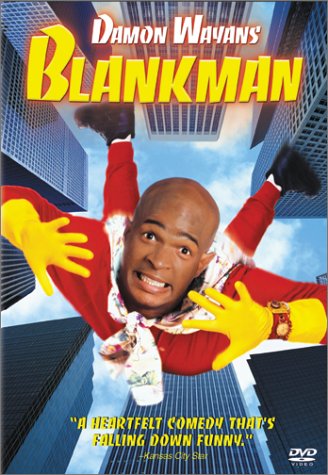
Blankman (1994)
Written by Damon Wayans and J.F. Lawton
Directed by Mike Binder
Runtime 92 min.
4 out of 5
Two brothers. One a nerd. One a Karate expert. Both grown up and living with their grandma.
Darryl and Kevin Walker (Damon Wayons and David Alan Grier) have lived in the rough part of town with their grandma since they were kids. As boys they’d run around the apartment with towels tied around their necks, aping Batman and Robin. Now, grown up, Kevin works at the TV station doing over-the-top news stories about aliens while Darryl works as a repairman and has a knack for inventing. After their grandma is killed along with several others while working to support the campaign of a wholesome, upcoming mayor, Darryl vows to make a difference in his city and invents bulletproof long johns, transforming himself into Blankman. He even makes a costume for his brother . . . who quickly refuses to join him. Taking cues from the campy 1960s Batman series, Blankman sets out to help others and uses this super alter ego to work through his grandmother’s death. Meanwhile, Kevin lets Darryl go about his crimefighting business since he’s too busy trying to woo beautiful reporter Kimberly Jonz (Robin Givens), who does real news stories several floors above him. Of course, tensions rise as Kimberly seems to have a thing for Blankman and admires the superhero’s heroic efforts.
Eventually, Kevin learns who was behind their grandmother’s death: the city’s crime boss, Michael Minelli (Jon Polito). This time, Kevin asks to join Darryl on his crusade and since Darryl is the ever-faithful brother, he produces the outfit Kevin rejected and Kevin becomes Other Guy, Blankman’s sidekick. The two take it upon themselves to hunt down Minelli and bring him to justice, making him pay for what he did once and for all.
Blankman is superhero comedy at its finest. It’s also inspiring as it’s the story of everyday guys trying to do the right thing even if it means putting on a costume and helping others. Damon Wayons and David Alan Grier are hilarious and the chemistry between the two works well. If you didn’t know any better, you would think they were brothers in real life.
This flick isn’t your usual superhero spoof, though. It took itself seriously in that it wasn’t tongue-in-cheek, but a deliberate superhero comedy with serious undertones. Everything from the social outcast that rises up, to the standing up for what’s right in a world that’s cynical and jaded, to going out of your way to help your fellow man, Blankman hits it hard on all points.
The jokes and humor are laugh-out-loud funny, the sad moments make you ache inside, and David Alan Grier’s facial expressions are priceless.
Like I mentioned in my review of The Phantom, sometimes it’s nice to unplug and watch a superhero movie that’s lighthearted, easygoing, and loads of fun.
There’s plenty of action and excitement in this movie to satisfy those looking for those things, but it’s real strength lies in its heart and that is about two boys rising up to become men in a world that took away the one person they held the most dear.
As a fair warning, this isn’t a kid’s movie as there’s grown-up humor, innuendo and some language in it so is recommended for ages 14+.
I’ve been a Blankman fan from the beginning and though it’s been nearly twenty years since it came out, I’m still rooting for a sequel.




